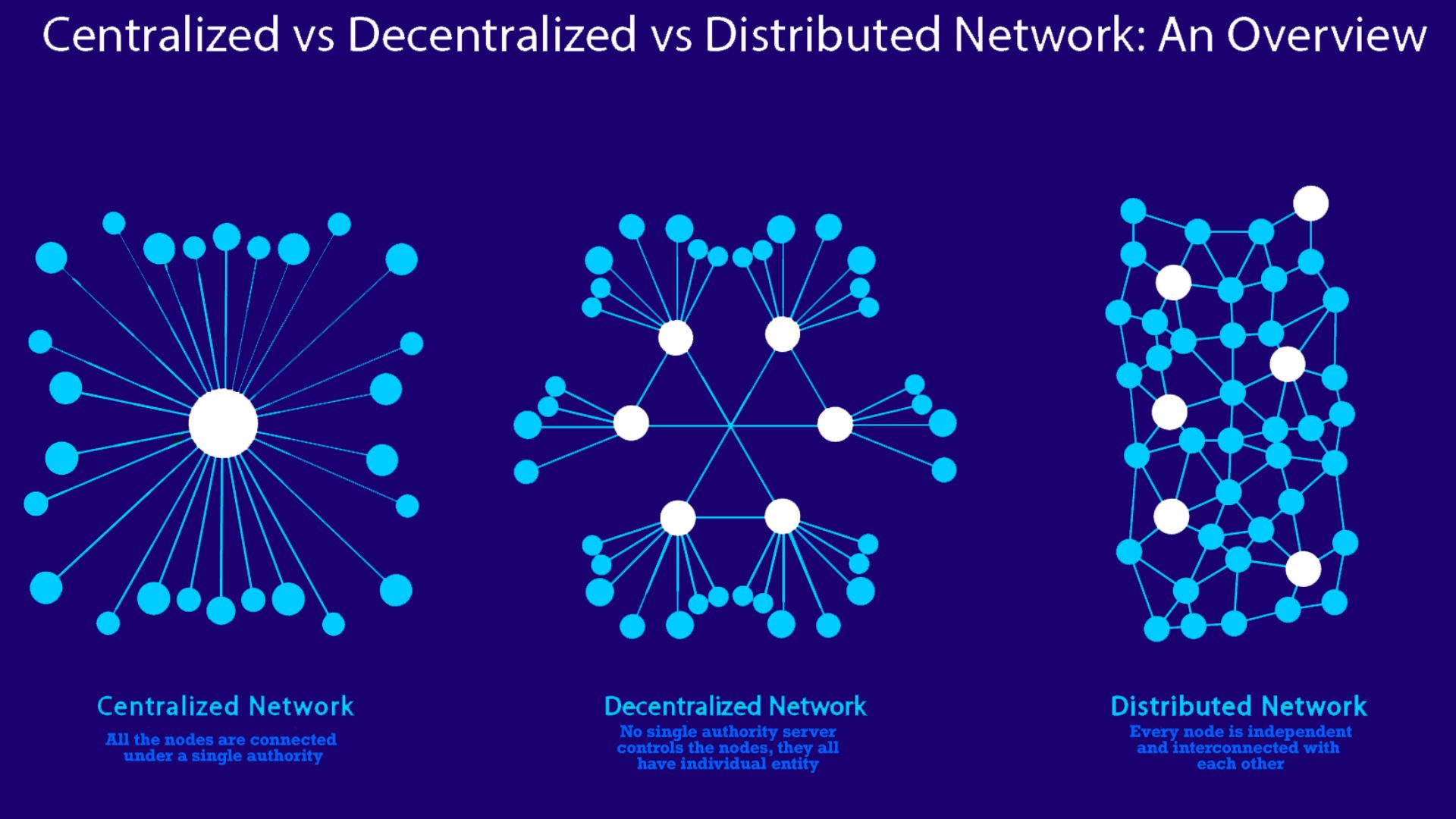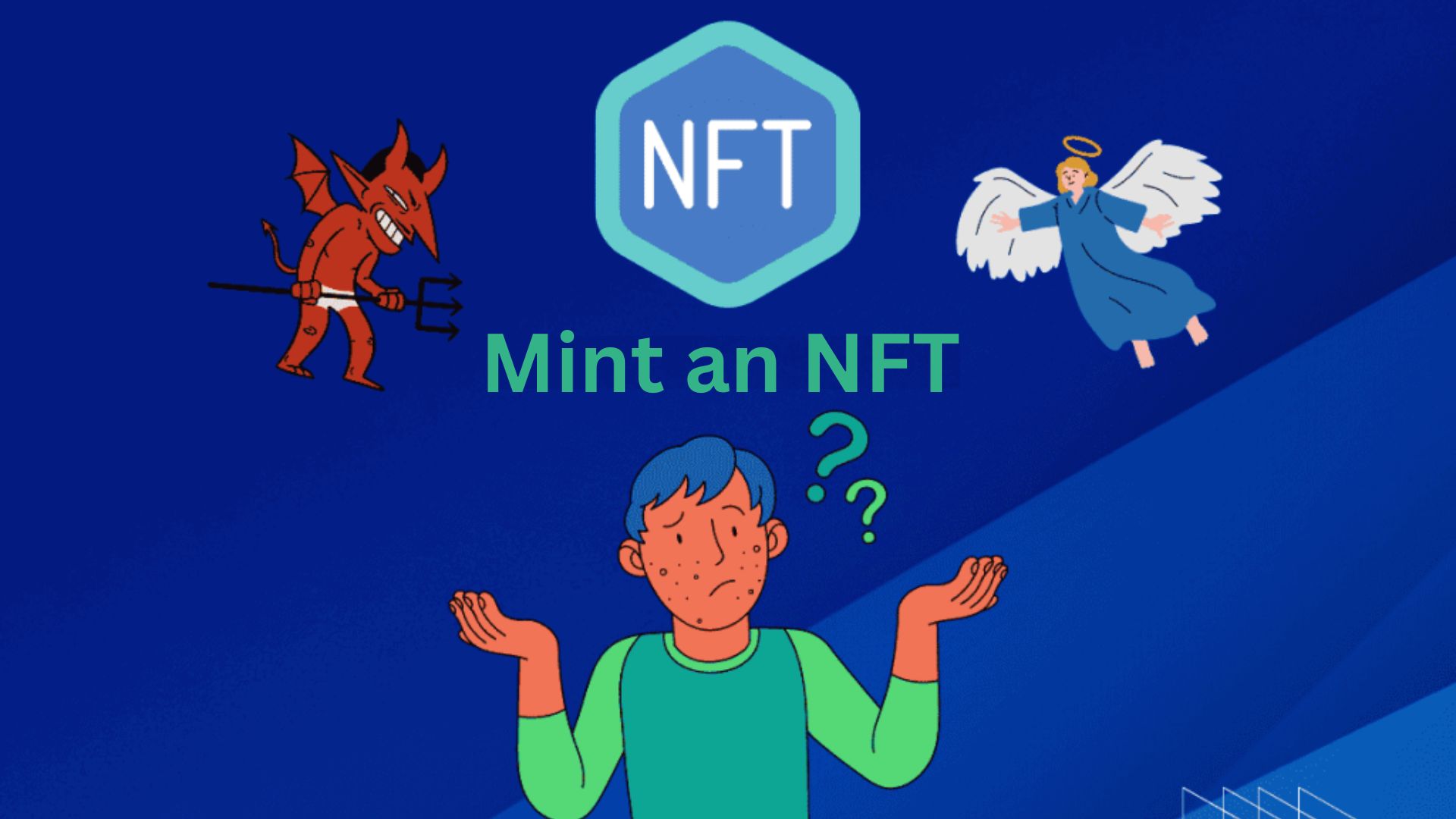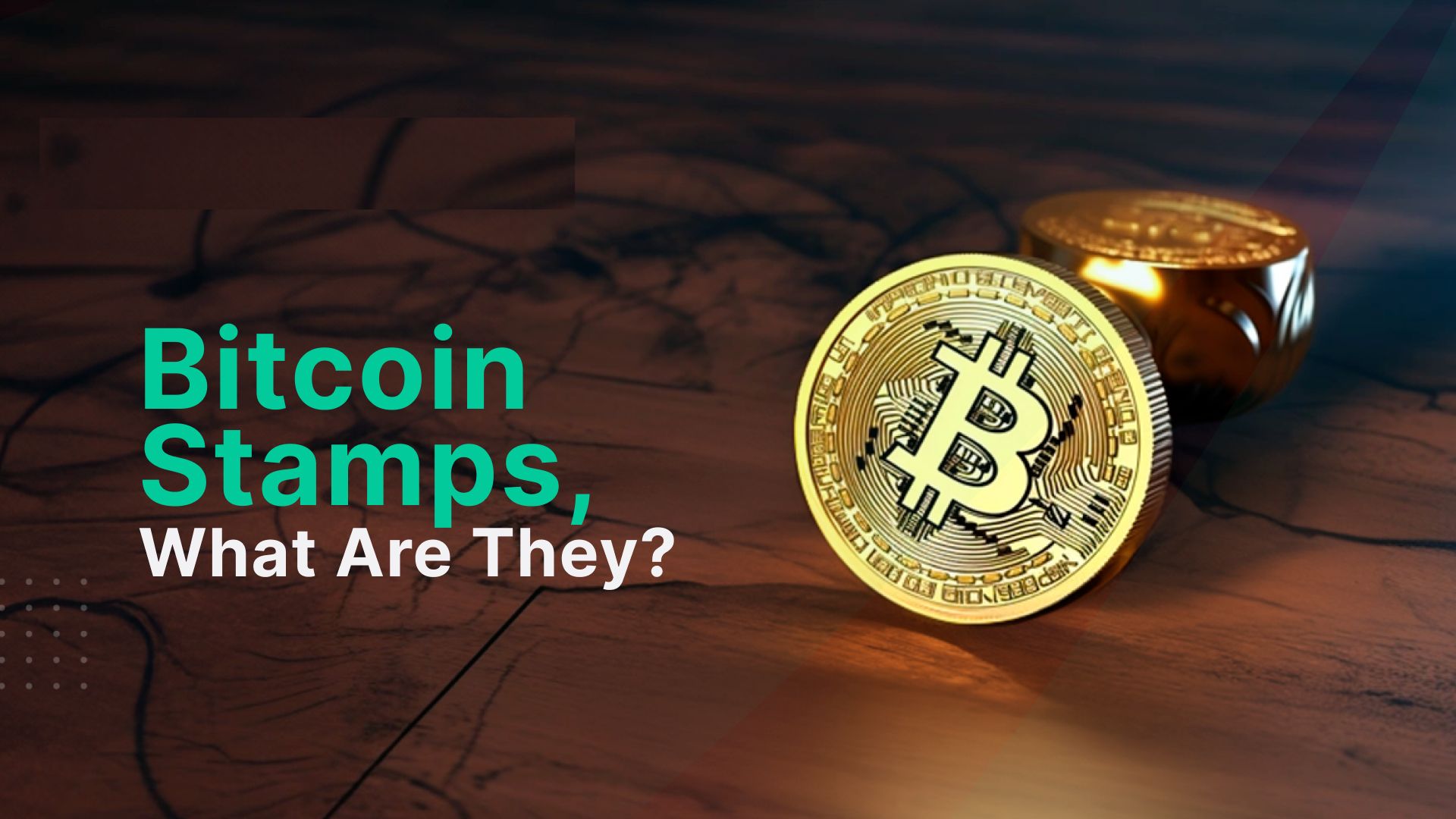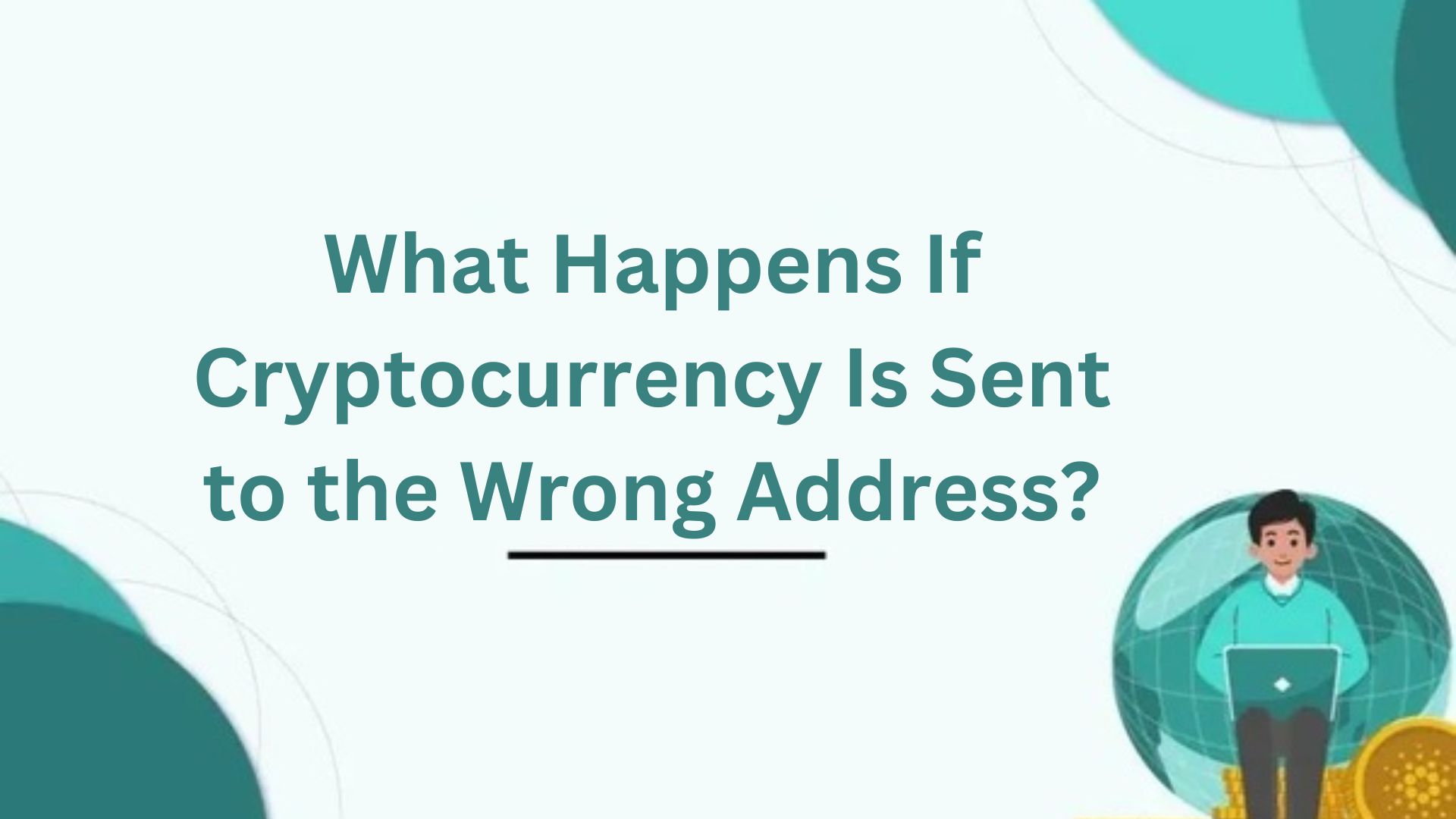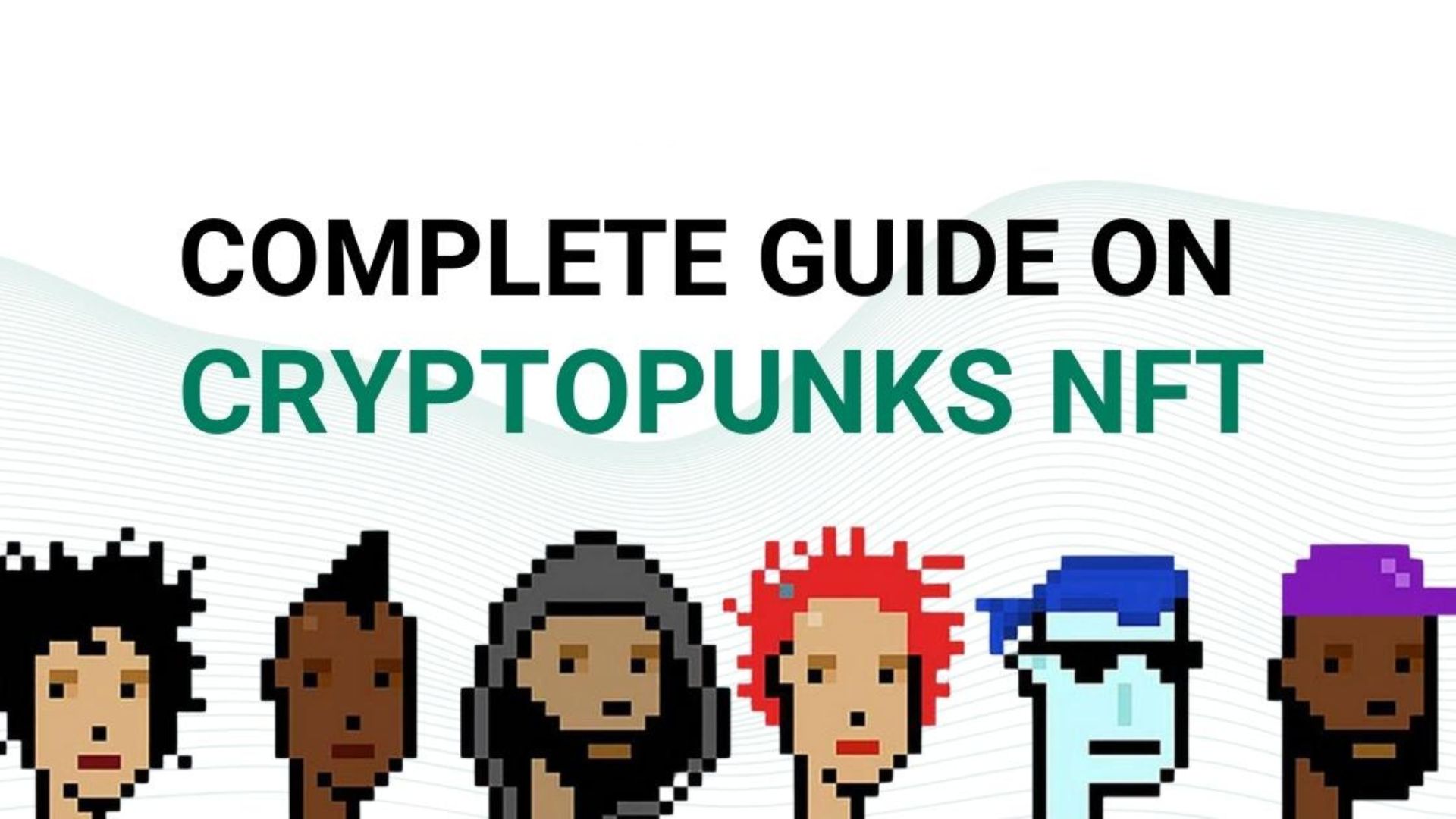NFT Security Guidance and Recommended Practices

NFT Security Guidance and Recommended Practices. After breaking into the general market in 2021, the popularity of non-fungible tokens skyrocketed. With NFT sales reaching $25 billion last year, it’s clear that the market for NFTs has experienced significant growth. While this is happening, NFTs are attracting new users and crypto enthusiasts alike. The fact that famous people like Jay-Z and Paris Hilton are investing in NFT collections like Boring Ape Yacht Club and CryptoPunks doesn’t mean you should do the same. Due to their high value and rising popularity, NFTs have become a target for scammers, hackers, and other bad actors. The various instances of NFT theft and hacks may impact users’ desire to invest in NFTs.
For this reason, it is critical to have a well-defined set of guidelines for NFT security in order to keep important possessions safe. The importance of ensuring the security of NFTs cannot be overstated, given that they can be worth hundreds of dollars or even millions for high-end pieces. Some of the most important things to keep in mind when protecting NFTs are highlighted in the following discussion. Above all else, the post details the serious security risks associated with non-fungible tokens.
Importance of NFTs
A non-fungible token is a one-of-a-kind digital asset linked to a single item on a blockchain. Most people associate the tokens with digital media, such as music, video games, and artwork. Additionally, NFTs have the potential to stand in for tangible assets like property and heirlooms. The ability to confirm the legal owner of both digital and physical assets is a distinctive feature of non-fungible tokens. Hence, NFTs may also discover value-enhancing uses in a wide variety of other contexts and industries.
Significance of NFT Safety
Secure cryptography is built into NFTs from the ground up on blockchain technology. Since your NFTs are vulnerable to theft by any malevolent actor, ensuring their security and safety is paramount. Your NFT wallets are susceptible to phishing and other forms of assault if you don’t take the necessary precautions.
The exposure of your login credentials and the theft of your precious assets can result from a simple slip-up, such as clicking on an unconfirmed harmful link. Your non-fungible tokens are also vulnerable to a plethora of other dangers. You should know the best methods for guaranteeing the security of all NFT transactions if you wish to invest in NFTs.
NFT Scams

With their decentralized nature and reliance on blockchain technology for transactions, most would think that non-fungible tokens are naturally secure. Consequently, the same security risks that impact cryptocurrencies can equally harm NFT owners. As seen in well-known instances, the responses to the question “Is NFT safe?” might not lead to desirable outcomes. In February 2022, OpenSea was the victim of an attack that stole $1.7 million worth of NFTs. Also, the Ronin Bridge breach cost the famous play-to-earn NFT platform Axie Infinity over $600 million.
The security of blockchain systems has been fine-tuned to be superior to those of centralized systems. But users should be wary of dangers, including phishing, malware infestations, and NFT wallet hacks. There are situations where important digital assets could be lost due to a compromised NFT platform or wallet. Before we learn the best practices for NFT security, let’s examine all the potential threats.
Fake Marketplaces
An NFT marketplace is the best place for a newcomer to buy or sell a non-fungible token. When you go online to buy something, what steps do you take? Before settling on a vendor, you must have perused their offerings. Not only that but there are a plethora of NFT marketplaces and platforms where you may transact with these non-fungible tokens.
The need to use reliable NFT markets and platforms is highlighted in one of the most important pieces of NFT safety advice. Researching the NFT marketplace or trading platform should be a priority. To confirm the legitimacy of a trading platform, it is helpful to investigate its background and objectives in detail. Never trust an NFT marketplace with your private keys and seed phrases; they could steal your funds without your knowledge.
Phishing Attacks
Phishing attempts also rank high among NFT scams. Based on their expertise, hackers may employ various sorts of phishing to compromise NFTs. Phishing emails often promise free NFTs or a chance to purchase NFTs from a private collection. The most crucial aspect of phishing emails is the link that, although seemingly legitimate, really takes users to fraudulent sites.
Since phishing attempts are constantly changing in content, they are consistently at the top of the list of security best practices for NFTs. Certain phishing emails, for instance, may mimic the design and font used by the legitimate marketplace or trade platform. You run the risk of having your private keys and seed phrase compromised if you fall for the “link” trap.
Identity Theft
Perhaps you’ve heard of con artists calling people and claiming to have a great prize for them. Every offer could be a new opportunity for an unwary victim in the NFT realm. Attacks that pose as representatives of trustworthy NFT platforms could take advantage of the allure of NFTs.
Users may face issues due to the possibility of being victims of hackers due to the identity theft component. Avoiding calls purporting to be from well-known NFT marketplaces or platforms is a top priority for NFT security recommendations. Some of them may threaten you with the loss of your possessions or even pretend to provide free assistance. In order to gain user credentials through deception, hackers prey on users’ fears of security.
Rug Pull Scams
To put it mildly, the ever-changing landscape of NFTs is utterly unpredictable. Rug pull scams can affect NFTs just like they can affect cryptocurrencies and decentralized application projects. In rug pull scams, the perpetrators trick victims into thinking they are safe by promising them something they aren’t. An example of this would be the launch of a new NFT collection or a big giveaway, which would generate a lot of buzz online thanks to strategic advertising. The creators or developers would pocket the astronomical sum once it has amassed enough users to justify it. You would end up with nothing but worthless NFTs. The Frosties collection rug pull scam is well-known.
Pump and Dump Scams
A lot may be gleaned from just looking at the names of NFT security risks. Criminal organizations orchestrate the majority of pump-and-dump schemes. The scheme entails flooding a particular NFT project with funds in the hopes of rapidly increasing its worth. That being said, the project could attract potential NFT purchasers while simultaneously experiencing an artificial increase in value. At that point, the hackers might cash out their NFTs, causing their price to plummet.
How Can You Protect Your NFTs?
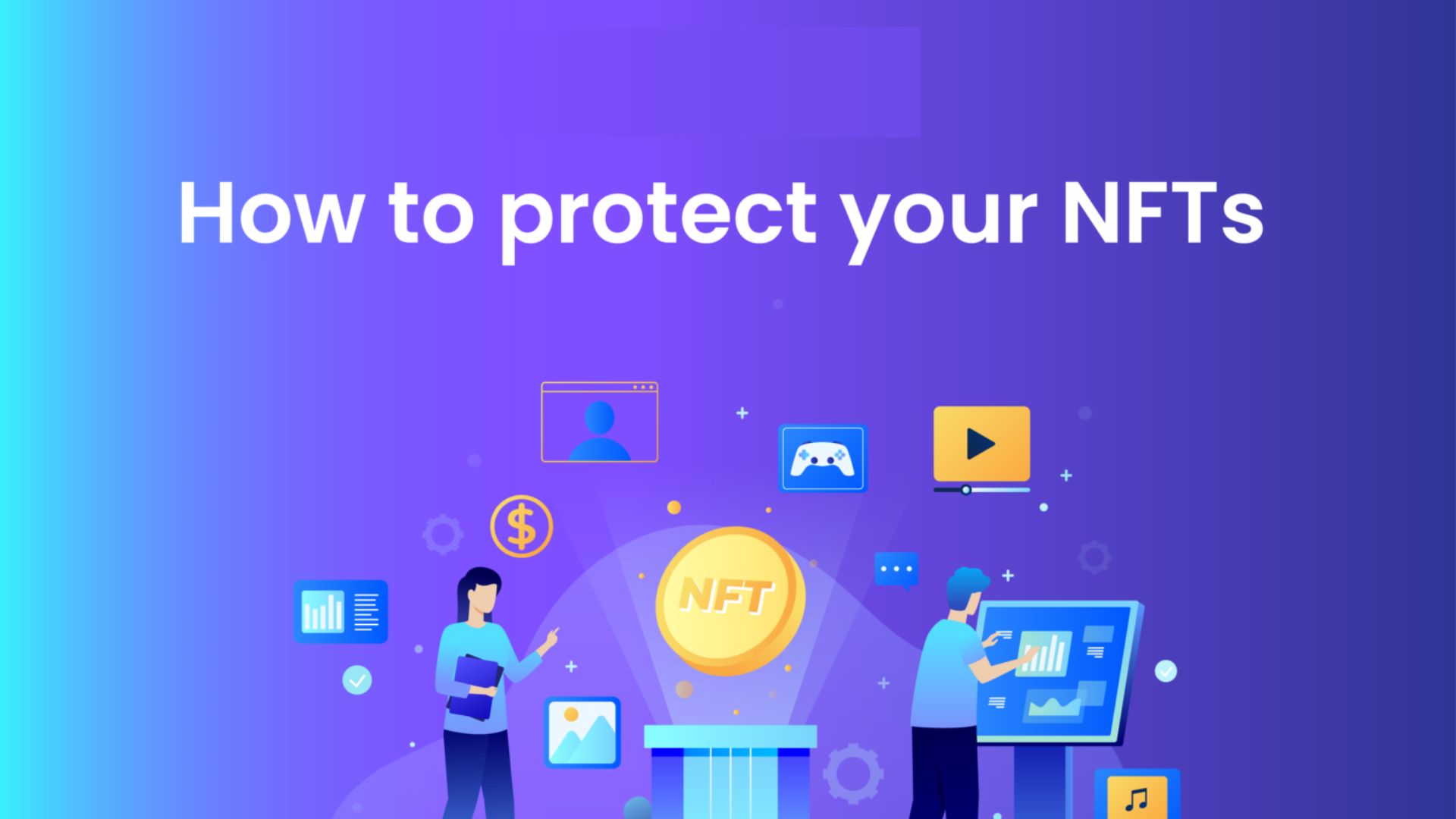
Social engineering assaults and phony NFT collections are just two of the several additional dangers to NFT security and safety that have been mentioned. A great deal of advice on how to keep NFTs safe, however, is available. To better protect non-fungible tokens from the many security risks, you can follow these recommended practices.
Use Reliable Crypto Wallets and Marketplaces
Establishing an NFT account on a trustworthy wallet is the simplest way to stay away from dangerous NFT trading platforms. You have a few options when it comes to wallets, like Coinbase, Ledger, and Exodus. The most secure option is a hardware wallet. Additionally, the leading NFT marketplace, OpenSea, deserves your attention while discussing NFT security best practices.
Activate Security Settings in New Crypto Wallet
To ensure the safety of your NFTs, research security protocols before committing to a popular cryptocurrency wallet. In most cases, the security mechanisms need to be activated once the wallet is initially set up. You need to enable security settings on NFT wallets, such as options for two-factor authentication or firewalls against phishing attempts.
Look Carefully Where You Put Your Money
Amateurs and newcomers alike are completely enamored with NFT collections. Secondary sales have been very successful for popular choices like CryptoPunks and BAYC. Unfortunately, dishonest platforms and collections have taken advantage of the widespread use of NFTs. You can use it as one of the old-fashioned ways to verify a cryptocurrency project before investing in it. Investors should thoroughly investigate the NFT initiative and its founders. It would be best if you also made an effort to determine the project’s foundational objectives and its future trajectory. With a transparent goal for consumers and the decentralized tech ecosystem, any respectable NFT collection will showcase all these facts.
Avoid Clicking on Links in DMs
One creative method of deceiving NFT users is through direct messages or DMs. Hackers can trick victims into interacting with their bogus websites by sending them a link to the site. Please stay away from anyone who sends you random links in direct messages; it’s a red sign.
Protect Your Seed Phrase
Protecting the seed phrase is an essential part of any NFT security best practices framework. You should be aware that your NFT wallet’s seed phrase can be used to retrieve your password. Using the seed phrase, an attacker can install your wallet on another device and obtain the private keys for all of your wallet transactions.
So, stay away from registration forms and other application prompts where you are asked to enter your seed phrase. While doing so, be sure to adhere to all recommended procedures for protecting your seed phrase. Never put your seed phrase in a location where it could be accessed over the internet. However, an alternative would be to jot it down on some metal or paper and then put it away safely.
Protect Your Privacy
In online communities, having an NFT is seen as a sign of success, particularly on Twitter and other social media sites. Without worrying about repercussions, many NFT collectors boldly display their tokens. Another important thing to keep in mind while asking is that transparency in transactions and wallet data is provided by blockchain technology. Malicious actors could use the information about their addresses to launch targeted phishing attacks. Consequently, NFT holders run the risk of having their wallet information exposed if they fall prey to such flaws.
Stay Updated with Trends
Keeping up with current trends is key to ensuring the greatest defense against NFT security concerns. Be up-to-date on security breach news and know what’s happening in the NFT business. Always be ready for anything by keeping up with the latest information about security concerns.
Conclusion
As a last thought on NFT security, keep in mind that it does not take much to be cautious about the protection of your assets. There is no complexity to the security best practices, but you do need to pay attention to them. The opposite is true; all it takes to adhere to NFT security best practices is a few easy steps. You can choose trustworthy NFT markets and trading platforms, for instance, or enable two-factor authentication on NFT wallets. The degree of confidence in securely exploiting precious assets is crucial to the adoption of NFTs.
